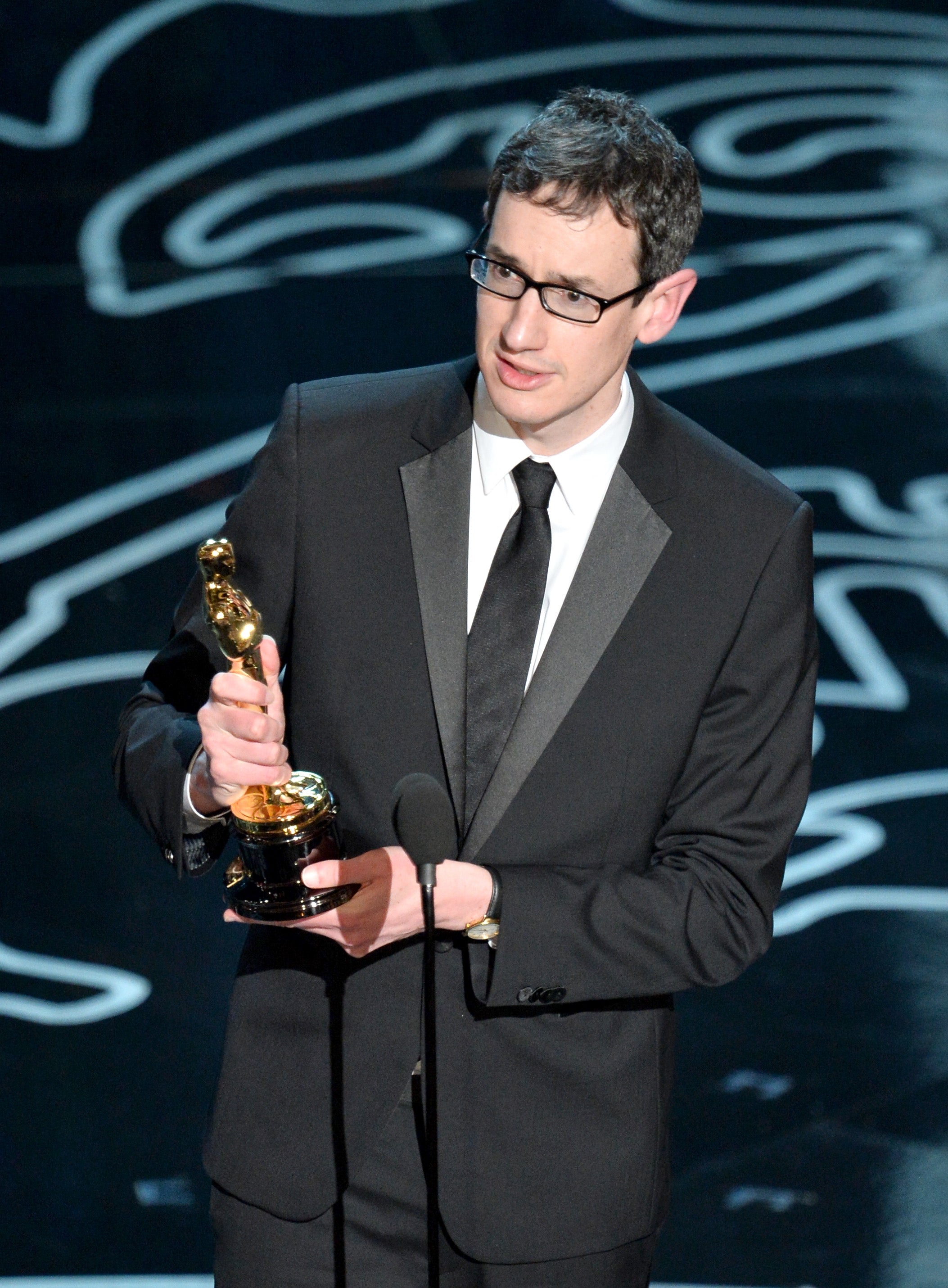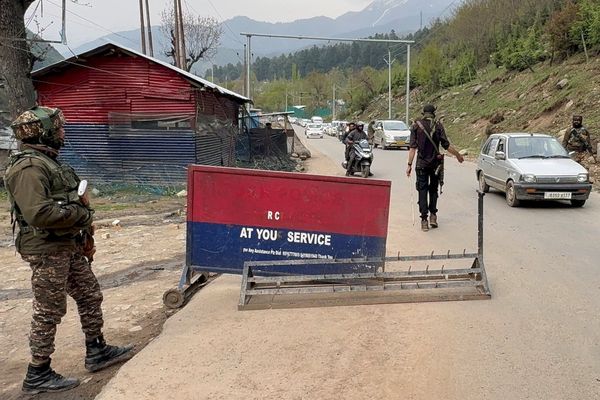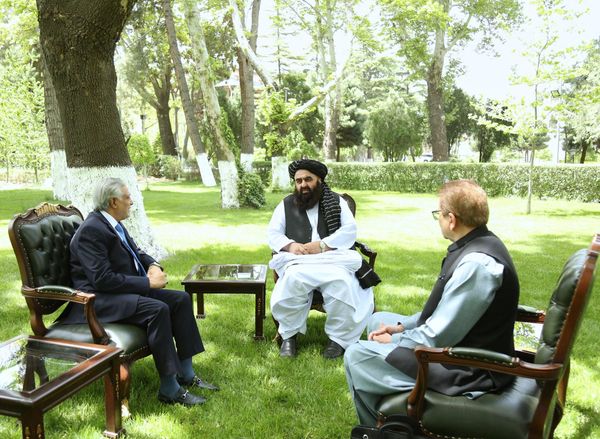Abbey Road has reopened its legendary Studio One recording space after a sixth month multi-million pound refurbishment; the first renovation since the studio opened almost a century ago.
A site of cinema history, award-winning soundtracks for The Lord of the Rings, Skyfall, Harry Potter, The Shape of Water and Gravity were all recorded at Studio One. Most recently, songs for Greta Gerwig’s Barbie and the musical fantasy film Wicked were laid down on its decks.
Six to seven out of every 10 Hollywood films are scored at Abbey Road and Studio One has long been favoured by Hollywood composers as the 4,844 square feet room is the world’s largest purpose-built recording space and can comfortably hold a 100-piece orchestra and 100- person choir at the same time.
Preserving Studio One’s signature sound, which can be heard on further scores for much-loved films including Raiders of the Lost Ark, The Return of the Jedi and The Last Emperor, was a key priority when conducting the renovation, says engineer John Barrett. “One of the main things that made Studio One incredible was the acoustic,” he said. “What's unique is it's very reverberant, but it's not too much.”
Studio One’s signature reverb has been maintained at 2.3 seconds by leaving the room’s Art Deco walls from the Seventies untouched. Technological upgrades have instead been made in the control room, where an 84 channel console has been installed to capture a more “immersive” sound from performers.
“I think we’re pretty lucky because we’ve got this amazing history and past but we’re always trying to be current – cutting edge,” adds Barrett, who’s worked at the studio for almost twenty years.
“You can’t underestimate how much emotion music brings to film,” he adds, pointing to one instance where he was scoring Dobby’s tragic death with a full orchestra for the Harry Potter and the Deathly Hallows. “I just remember that sequence coming to life as soon as the orchestra played,” he said. “Those sort of moments are incredible – 100 musicians in a room – it just takes you somewhere else.”

“It feels incredible to be in the room where you can imagine the music that’s bounced off the walls in the past,” adds award-winning composer Steven Price, who first started working at the studio decades ago after landing a job with Labyrinth score composer Trevor Jones in his youth and went on to record his own Oscar-winning scores in the same space.
“I remember there was a huge day working on [Alfonso Cuarón’s] Gravity because we wanted the hairs to stand up on the back of everyone’s neck,” he said of his greatest moments in Studio One.
“You’ve had tension for 85 or 90 minutes and then there’s this glorious moment where the astronaut’s been stuck out in space and starts to re-enter the Earth’s atmosphere. We used to say: ‘If we get to see that being played by the orchestra, we’ll know we’ve landed. It’s come together,’” he said. “We’ve survived.”

“The best possible thing is when a director comes in and experiences the buzz of all those human beings playing together,” Price adds. “The way it combines everything, the sound bounces around, the music becomes emotional rather than this very flat thing. I was working with Edgar Wright on Last Night in Soho and we needed a different tempo – a different mood – so, I got some of the principal players in the control room with me and in 10 minutes suddenly a totally different version of the music was being played.”
Of the importance of human artistry in an increasingly digital world, Barrett echoes: “It’s the craft of shaping music. Everyone’s so worried about AI but the uniqueness you get from having a room full of musicians is amazing,” he says. “You need people to make the magic that brings recordings to life.”







